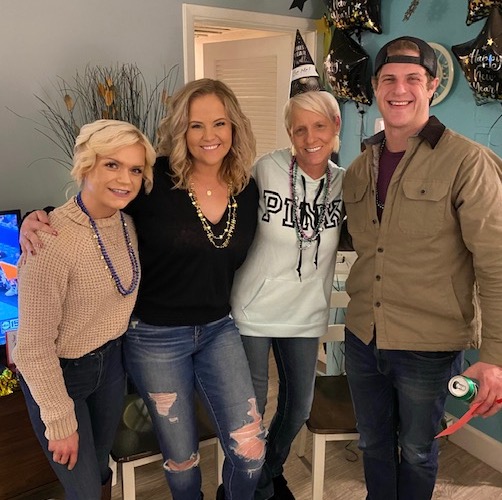If you’re looking for a sober environment to help with your recovery, you’re doing the right thing.
This is a big step, and we want you to feel completely prepared for what’s to come. To get a better idea, we’ve outlined some of the most popular FAQs about Sober Apartment Living (SAL) and how it compares to other sober living options below.
Let’s get started!
FAQs about Sober Apartment Living
What are the rules?
Just as you would expect, SAL prohibits alcohol and drugs on the premise in addition to restricting access to these items. Certain limitations on medication are also in place, as these may not be beneficial to an individual’s recovery.
As an added support, however, SAL does require its residents to attend weekly meetings onsite and encourages further groups or treatments from external medical facilities, if needed. Because SAL is not a treatment facility, we don’t offer those services ourselves.
Other sober living environments may be different, however! Some actually do offer counseling, treatment, or recovery programs in order to keep a closer eye on the residents with additional involvement and accountability.
There is no right or wrong way to do sober living, so make sure you look for a place that gives you what you need in order to be successful.
How much does sober living cost?
Price comes up often when discussing FAQs about sober apartment living – and it’s definitely important to consider! But as a nonprofit, SAL works hard to keep monthly fees at a reasonable rate, so residents can afford them and receive the treatment they need.
For example, rent at SAL can range from $625 – $790 per month*, depending on the specific floor plan. And because many enter a sober living apartment without employment, our staff provides career assistance to help people get back on their feet.
Many sober living options are similar in that way, as they recognize that full recovery includes financial independence and money management. However, job and career help is not guaranteed at every sober home or apartment.
Even more so, prices can fluctuate from place to place. For some, costs may align with the housing market in the area and match the general cost of living, making them more expensive.
*(prices subject to change)
How do I pay?
Payment at SAL is simple! You can use money order, cashiers check, Square, or PayPal to pay your rent at SAL.
Our team is very hands-on in helping residents find steady work, prepare for interviews, and hold a job. With our career assistance, many feel confident that they can pay rent each month. This additional onsite help can be key to keeping up with payments, and it is offered at many sober living options. Just remember that “many” is not “all” and most often insurance won’t cover your cost of sober apartment living.
Taking on the monthly fees is part of the sober apartment living process, so you’ll need to clarify what their team is willing to do for you before selecting a place to live. With a career assistance and a steady job, payment shouldn’t be a concern.
Is counseling and treatment offered?
Not at SAL – we offer a sober living environment, but we do not provide medical treatment or counseling. Our residents are welcome to get this elsewhere while living with us, though!
As mentioned in our first FAQ about sober apartment living, each sober living place has its own rules, restrictions, and expectations. There are definitely sober living homes and communities out there that offer additional support through counseling and meetings, if that’s what you need.
If you’ve undergone treatment, your treatment facility can provide recommendations based on your current state of recovery and your specific needs.
How long can you stay?
While SAL does not limit the time of your stay, we do ask our new residents to undergo a 30 day trial period to ensure they can meet our community guidelines.
After a bit of research, you’ll find that this practice is common in many sober living homes, as well as the unlimited stay. Recovery is a personal journey, and we want to make sure our residents have all the time they need without pressures to relocate before they’re ready.
Keep in mind, however, that this is not always the case. Some places do ask that you move on after an agreed-upon time frame. If that’s not what you need personally, you’ll want to take that into consideration.
Are the sober apartments coed?
Yes! At SAL, we house both men and women, but we take special precautions to keep the living areas separate. With certain limitations in place, we can encourage a coed community while establishing trust, safety and security amongst our residents.
Some places agree with us and follow similar protocols, but many sober living options are gender-specific.
Determine what works for you, so you can narrow down your search for sober living.
Are visitors allowed?
Yes! We allow visitors at SAL during the day, as long as they don’t spend the night.
In the same way, many other sober living apartments and homes do allow visitors, but they might restrict visits to certain days, times, or people. You’ll have to ask the actual community about their policy if this is important to you!
How do sober living places differ?
There are tons of places to choose from when looking for a sober environment, and only you and your treatment provider can truly gauge what will be the best for your long-term sobriety. If you’re interested in learning more about your options, we’ve outlined a couple of the most common types of sober living homes on our blog.
Still have more FAQs about sober apartment living?
Our team at SAL would love to help you find the right home. Get in touch to learn more!



